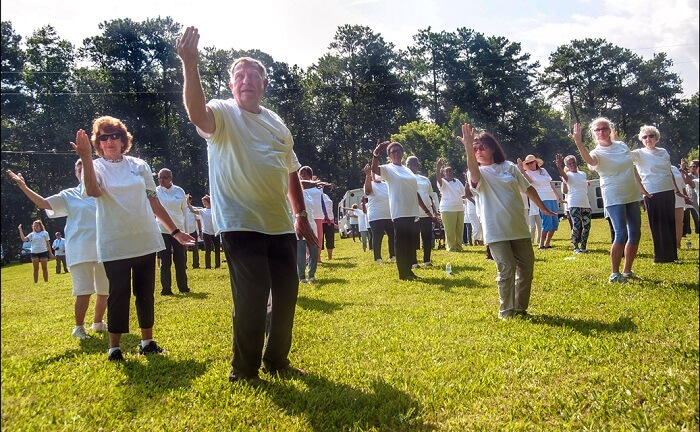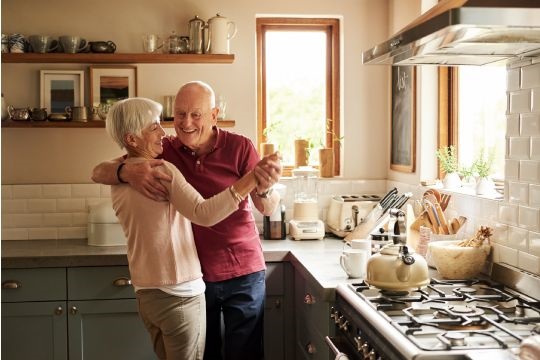 Falls account for nearly one-third of all non-fatal injuries in the U.S., according to Injury Facts. For some people, falls result in embarrassment, skinned knees or broken bones. For others, falls can signal the beginning of lifestyle changes – or even lead to death.
Falls account for nearly one-third of all non-fatal injuries in the U.S., according to Injury Facts. For some people, falls result in embarrassment, skinned knees or broken bones. For others, falls can signal the beginning of lifestyle changes – or even lead to death.
Falls among adults 65 and older caused more than 36,000 deaths in 2020, and many more are injured, according to the Centers for Disease Control and Prevention. CDC data indicates:
● More than one in four older adults falls every year; fewer than half tell their doctor
● 3 million older adults are treated in emergency departments each year for fall injuries
● More than 800,000 patients are hospitalized each year because of injuries due to a fall, most often because of a head injury or hip fracture
Because the aging process can affect vision, strength and balance, adults 65 and older are at elevated risk for falls. However, falls are not a natural part of aging and can be prevented. You can identify simple steps that can make a big difference:
● Practice balance exercises at home, like these from the Go4Life program from the National Institutes for Health.
● Check your risk for falling. This self-assessment from CDC allows you to compute your fall risk. Be sure to share the results with your doctor.
Talk to Your Doctor
Talk to your doctor about your personal fall risk and what changes you can make to be safer. Ask your doctor or pharmacist to review you prescriptions and over-the-counter medications regularly, paying special attention to opioid painkillers, tranquilizers, sedatives and antidepressants. Some medicines and combinations of medicines can affect balance and cause drowsiness, dizziness or light-headedness. Vitamin D deficiency can increase fall risk.
During a regular exam, be sure your doctor checks for foot pain and proper footwear. Have your vision tested annually.
Walking aids, such as canes and walkers, can mean the difference between safely navigating your world or experiencing a fall. Talk to your doctor or physical therapist about the right device for you – including finding the proper fit.
Make Your Home Safer
While falls can occur anywhere, they most often occur at home. Be sure to:
● Clear your floor: Remove clutter, small furniture, pet gear, electrical cords, throw rugs and anything else that might cause someone to trip
● Arrange or remove furniture so there is plenty of room for walking
● Put essential items where they are easy to reach
● Add grab bars inside and outside of your bathtub or shower and next to the toilet
● Put railings on both sides of the stairs, and make sure stairs and hallways have good lighting
● Make sure outdoor areas are well lit and walkways are smooth and free of puddles and ice
● Use a cane or walker if necessary
While we all are aging every day, falls do not have to be a part of that process. Understanding fall risks is the first step to keeping our loved ones and ourselves safe.

 Falls account for nearly
Falls account for nearly 